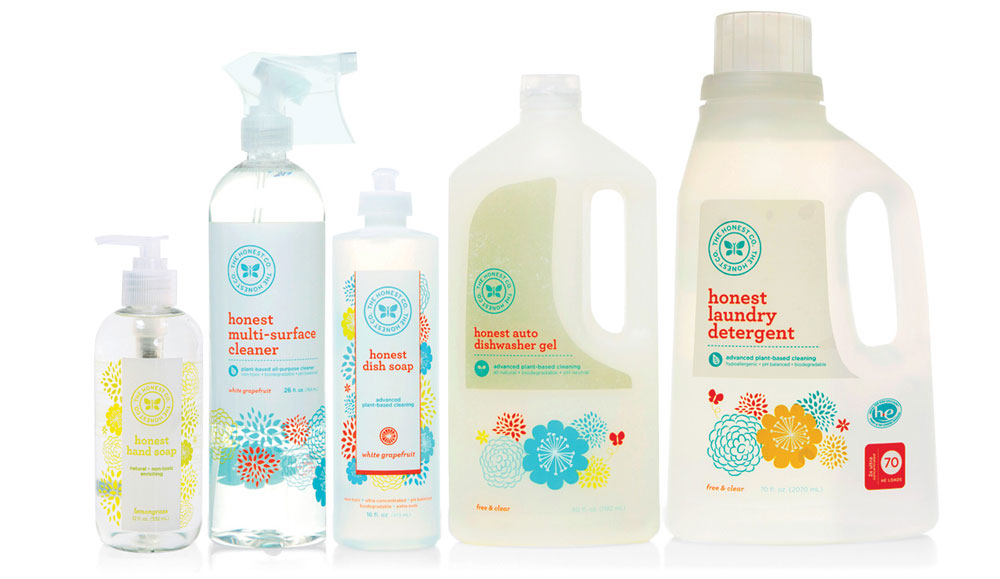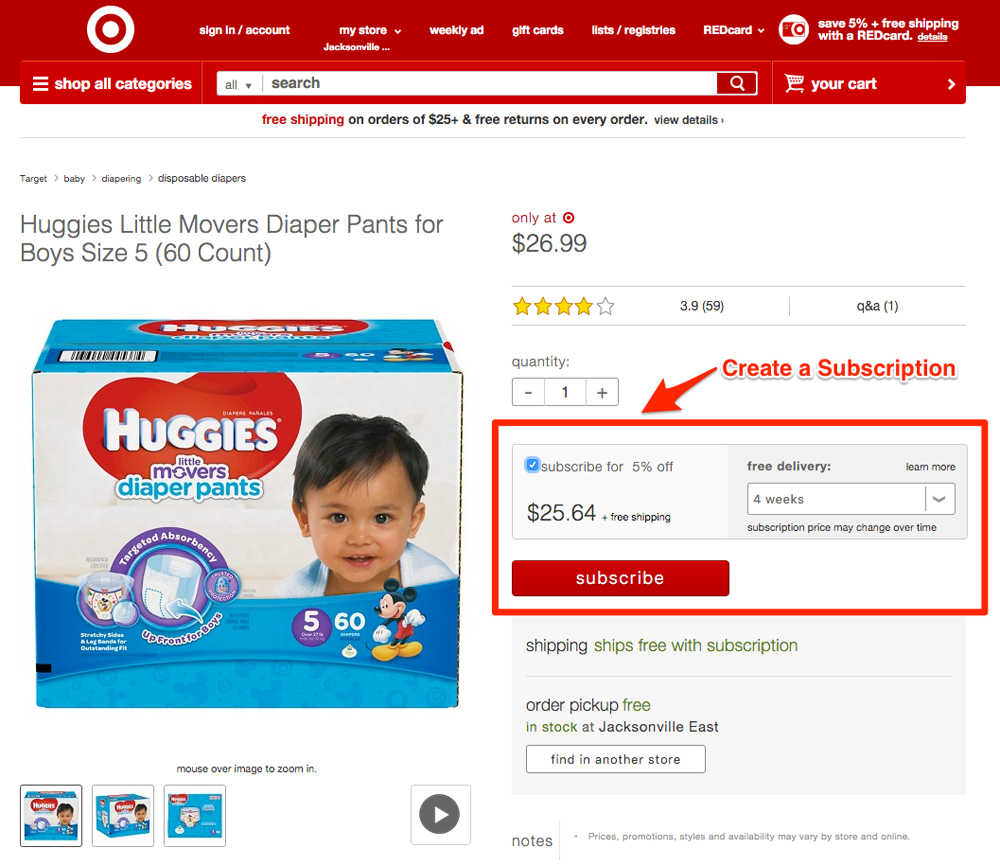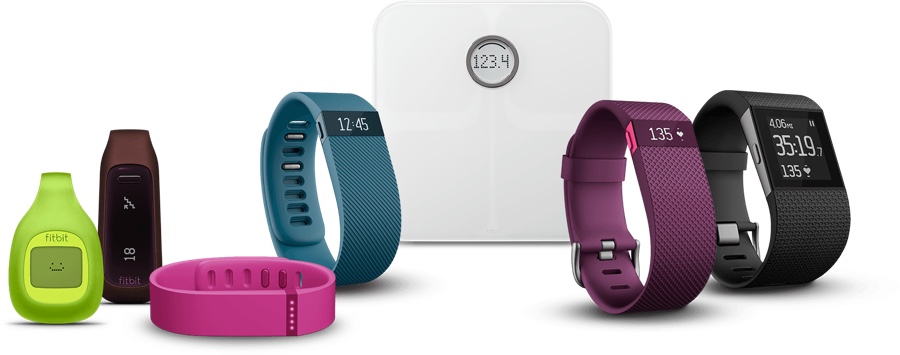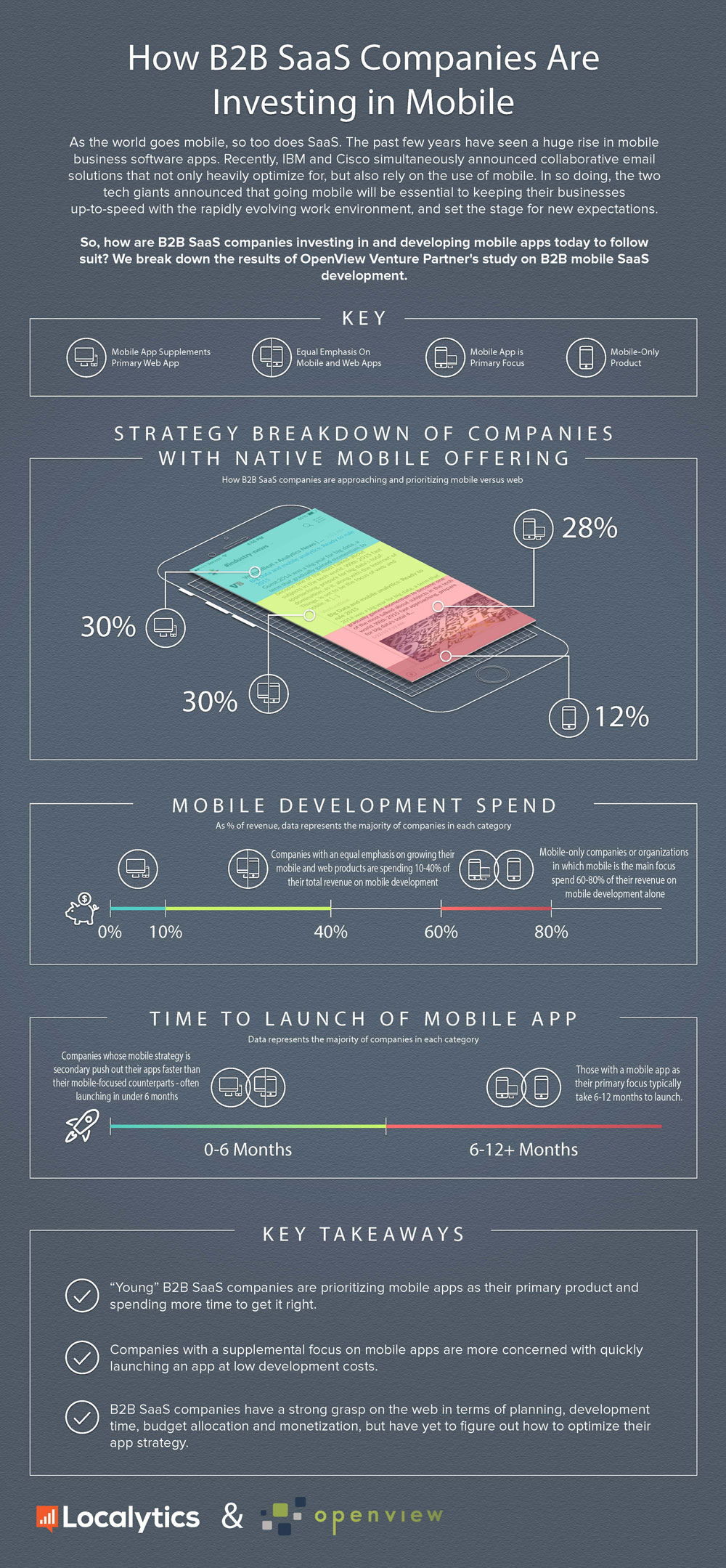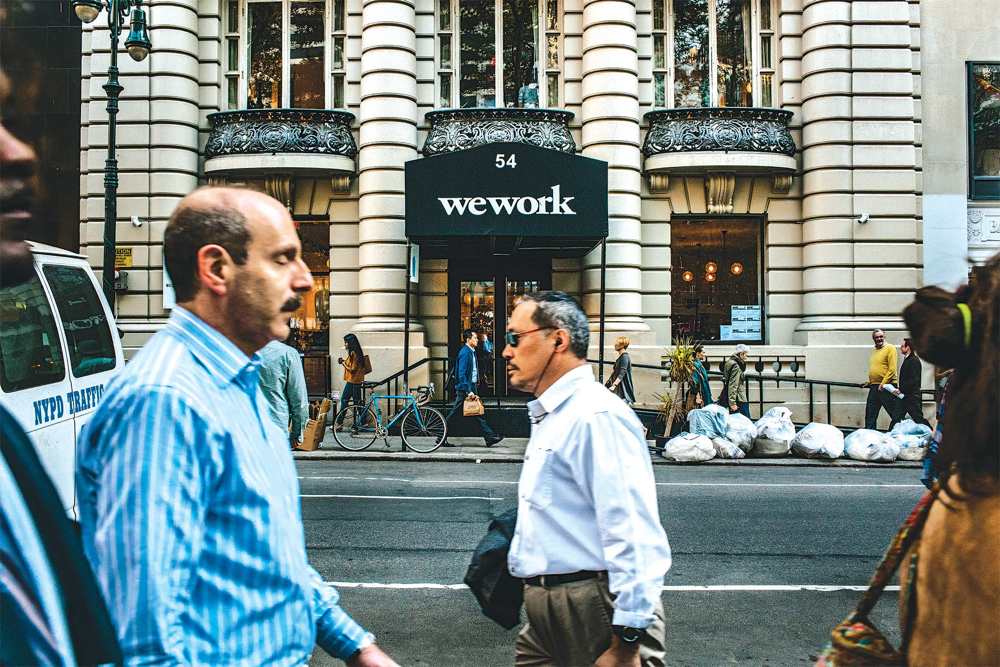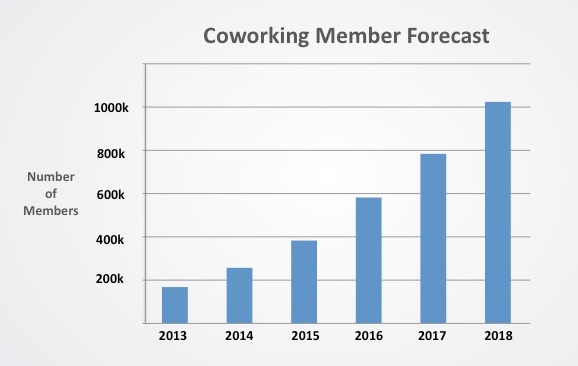by Kate Harvey
While the rest of the blog sphere is taking a look back at 2015, we’re focusing on what lies ahead for subscription-based businesses in 2016 and beyond!
You may not find every item below applicable to your own subscription business. For those that do apply, preparing for where the subscription economy is headed in 2016 (and harnessing that momentum) could be the growth lever that takes your own recurring revenue business from good to great. At a minimum, it is fun to understand what the future may hold.
To summarize our predictions:
- 2016 will be the year of customer success
- Marketing & advertising agencies shift to the subscription model
- “Surprise” subscription ecommerce offerings will slow & multiple revenue streams will emerge
- More traditional industries & billion-dollar retailers will move to recurring billing and subscription models
- Everything is connected to the internet & SaaS is everywhere
- Increase in mobile-first B2B SaaS companies
- Rapid global expansion of coworking spaces
- Onboarding and user experience will give SaaS companies a competitive advantage
There is a lot of opportunity for subscription-based businesses in 2016 so let’s get started…
#1 This is the year of customer success
Customer Success is already a necessity for SaaS companies and it really deserves its own blog. For a deep dive into the topic check out our blog “SaaS Customer Success: The secret to reducing churn and increasing MRR.”
It is mission critical to make customer success part of your SaaS business’ DNA. Once you do, you’ll reap the rewards in the form of increased MRR, less churn, and your loyal customers will champion your product.
2016 will be the year of customer success! Let’s review our predictions on where customer success is headed (read details about each of these predictions in our customer success blog):
- Savvy startups will bake customer success into their company DNA from day one.
- There will be continued increase in the crossover of growth hacking and customer success. Both share goals of increasing customer lifetime value, reducing churn, and increasing user engagement.
- Executive teams will include a Director of Customer Success, and the position will be of equal importance to the Director of Marketing and Director of Sales.
#2 Marketing & advertising agencies shift to the subscription model
Steve Penfold is more blunt and says digital agencies who don’t “focus on making recurring revenue” are “nuts.”
In 2016 we will see more marketing and ad agencies continue to shift from the traditional hourly or project-based billing to subscription business models.
George Schildge, CEO of Matrix Marketing Group, outlines two of the biggest problems with conventional billing:
Problem one: Promotes “unproductive employee behavior”
With hourly or project-based billing, “marketing agency employees are not motivated to minimize distractions, maintain accurate time tracking, or adhere to cost effective work habits,” says Schildge.
Problem two: Unpredictable for both client and agency
With project-based billing, the client usually receives an initial estimate of the time it will take to complete the project. Unfortunately, it is common for the initial estimate to end up being vastly different from the actual hours required for project completion. Then the agency has an unhappy client who feels “stuck” with a larger than anticipated bill at the end of the project.
For the ad or marketing agency, project-based billing means revenue can vary greatly from one month to the next. Brandon Dempsey, managing partner at goBRANDgo!, describes what this looked like in their marketing firm:
“In 2014, we had some months when we billed over $150,000 and some months when we billed $80,000. These swings in revenue cost us virtually all our profit; we were often paying for people to sit in our office without anything to do.”
Dempsey’s marketing firm goBRANDgo! is one of many who have moved exclusively to a subscription based model, and now charges clients a flat, recurring rate each month.
One of the biggest advantages to Monthly Recurring Revenue (MRR) is that it is predictable.
“It [MRR] changed our business almost overnight and provided a foundation that continues to grow stronger. Before this billing methodology, we were struggling to stay afloat. Today, we have two months’ payroll in savings and a large amount of cash flow,” says Dempsey.
Additionally, “running a business with stable cash flow and secure monthly revenue, will provide you higher customer satisfaction and in return, customer and brand loyalty.” Loyal customers and predictable income? Win, win!
As more marketing and ad agencies look for predictable income and realize the benefits of MRR, there will be a continued rise in agencies moving to subscription-based business models throughout 2016 (and beyond).
#3 “Surprise” subscription ecommerce offerings will slow & multiple revenue streams will emerge
At this point it seems like there is a subscription box for anything and everything, from the ever popular cosmetics samplers to the obscure “dirt of the month” club. The saturation point is near.
“Like anything, we will eventually hit a wall where people will realize they have way too many subscription services and memberships as the model penetrates every facet of our lives. The gap in fees and usage of so many different services will drive breakage as people manage their personal finances,” writes Tim Ray.
Others speculate we’re already at the saturation point with subscription ecommerce offerings.
“It’s always tough to pinpoint the exact moment when an industry has grown too saturated, but we might already be there with the number of e-commerce companies that deliver boxes of goods to monthly subscribers,” says Xconomy writer Jeff Engel.
A Fast Company article suggests “we’ll see more mergers and consolidation in the subscription market” as a result of oversaturation.
Savvy subscription ecommerce businesses are already anticipating the downturn in “surprise” subscription box popularity and proactively adjusting their businesses.
For example, Birchbox “is hedging against the possibility that consumers will experience subscription fatigue” with multiple revenue streams. Birchbox’s monthly box is used “to lead consumers to buy full-size products on the company’s online shop” and the company opened a brick-and-mortar store last year. “I find it hard to see ourselves living on in perpetuity without adding these additional facets to the business model beyond the box itself,” says Birchbox co-founder Katia Beauchamp.
For subscription ecommerce business owners reading this, the key in 2016 will be to focus on “delivering a strong product and a good value proposition to keep customers interested.”
#4 More traditional industries & billion-dollar retailers will move to recurring billing and subscription models
We’ve talked about an increase in ad/marketing agencies shifting to recurring billing, but we’re seeing a trend in more traditional businesses across all sectors moving to recurring billing models.
For example, One Medical has moved doctor services into the subscription economy. One Medical “memberships” are $199 annually, and include “benefits such as same-day appointments made online, more personal treatment plans and direct access to doctors outside the office.” ThriveWorks uses a similar subscription membership for counseling services.
Let’s not forget automotive! A decade ago when Zipcar debuted in Boston, the concept of subscribing to get short-term vehicle access was unheard of. Now Zipcar is an “international success.”
Previously there wasn’t a solution “for people who don’t own a car but need to travel where public transportation doesn’t connect.” Zipcar introduced the solution via subscription model: “pay a membership fee to belong and buy only the hours of transportation you need.”
Nobody said subscription pricing has to remain on land. SurfAir is a subscription flying service that advertises themselves as “the future of flying.” Frequent travelers pay a recurring monthly fee for flights and a variety of perks including hassle-free check-in and free parking.
Web designers, financial advisors, and grocery stores are other traditional industries that have entered the subscription economy.
Household, baby, and pet products are also readily available via subscription now.
The Honest Company, Jessica Alba’s company valued at more than $1.4 Billion, began with a simple question: “Wouldn’t it be great if you could pick five things and get them delivered through a monthly subscription?”
The products are beautifully packaged, work well, and are non-toxic. Basically the product equivalent of “selling parents peace of mind,” according to Forbes.
Currently, Inc. magazine estimates that “nearly 80 percent of Honest Company’s sales come from its subscription plans.” Alba and the Honest Company show no signs of slowing down. This August the company announced it had raised “another $100 million to launch a new range of beauty products.”
The Honest Company has taken advantage of the incredible revenue opportunity in household good subscriptions while many larger retailers are only recently attempting to capitalize.
“Many billion-dollar consumer products companies have direct access to millions of customers through email and social media, globally. However, they have yet to capitalize on monthly subscriptions to increase margins and expand their share of household, thereby owning the relationship with their customer directly,” explains Ray.
Amazon and Target have jumped on the subscription model bandwagon, and we expect other companies to introduce subscription pricing options in 2016 in order to remain competitive.
Target and Amazon allow shoppers to specify the products they want to subscribe to. From diapers to protein powder, you can have consumable products delivered to your door at the frequency you desire.
While we may be near the oversaturation point for monthly subscription boxes with “surprise” products , consumers are still embracing the convenience of subscriptions they customize (see example above). Expect to see more retail stores/websites offer their own highly customizable subscriptions.
#5 Everything is connected to the internet & SaaS is everywhere
In 2016, software will continue to blur the “line between the digital and physical worlds,” says Flexera Software’s Tu Le.
“By 2020, the number of things connected to the Internet will exceed the number of people on Earth by 7X,” according to Wipro. In their infographic below, Wipro outlines a typical morning in 2020 where everything is connected to the internet, including your morning coffee (made in advance, of course).
“SaaS will be everything and everywhere, in a way that allows us to share information, intelligence, insights and opinions at all times,” says SaaSAddict writer Omri Erel.
We’ll see the move towards this in 2016, during which “wearable technologies will provide $10 billion in product revenue to technology and service providers,” according to Wipro. Mobile has been king for quite some time, and wearable technology is simply the next iteration.
It’s already starting — Fitbit was the most downloaded free app on Christmas Day according to Apple. “While downloads don’t give a clear picture of Fitbit’s sales, the surge suggests that many people are setting up new devices,” explains Quartz.
Today’s consumers may think wearable technology relates primarily to fitness, but in 2016 we expect to see growth of all apps and SaaS companies which help consumers connect a myriad of daily activities to the Internet, not just those that are health related. Just as Fitbit utilizes subscription pricing, we can expect recurring billing to be an integral part of SaaS’ involvement in the Internet of Things (IoT). See how everything comes full circle?
#6 Increase in mobile-first B2B SaaS companies
“If the consumer world is any indication of the future, we should expect to see a massively successful mobile-only SaaS company in the next few years. User preferences for simpler app UIs, the advantages of mobile app distribution through app stores and the consumerization of IT (the notion that end users now make IT purchasing decisions rather than the CIO) are three key forces creating this opportunity for startups.” – Tomasz Tunguz
While a single company may not have emerged as “massively successful” yet, mobile SaaS is already “changing the face of Software as a Service.”
“Mobile focused companies are growing 70% faster than those with a supplementary focus on mobile,” according to survey results from OpenView, a Boston-based software investment firm.
OpenView surveyed over 60 B2B SaaS companies “with a native mobile presence to determine how these organizations are growing and how mobile fits into their strategy.” The results are summarized in the infographic below.
Who is the target for mobile-only SaaS companies?
“Anyone who is trying to organize and run their business always on the go, and who [is] an individual business owner or operator of a small business,” says Tunguz. He also points out, “there are huge swaths of the working population that don’t work in desk jobs, and who rely on their mobile phones and tablets as their primary computer.”
#7 Rapid global expansion of coworking spaces
Forbes called coworking “one of the fastest-growing entrepreneurial trends of the last decade” and currently the number of coworking spaces doubles each year (see image above). It’s clear coworking spaces are not only here to stay, we’ll continue to see rapid growth in the coworking sphere throughout 2016 (and beyond).
At Chargify we’re a 100% distributed team and many of us utilize coworking spaces. We’ve seen a rise in the number of coworking locations in our own geographic locations, and among our recurring billing customers. Many coworking spaces use Chargify to streamline the recurring billing.
The popularity of coworking isn’t specific to the United States and we’ve also seen an increase in global cowork space customers. According to a recent global working study, “The number of coworking spaces continues to increase and in the last twelve months they have grown by 36%, which puts the number of coworking spaces worldwide at around 7,800.”
Coworking spaces offer a variety of benefits including human interaction for remote workers, office space at a low cost, networking opportunities, home/work separation, and a less distracting environment than coffee shops (previously the go-to for freelancers needing a break from the home office).
Coworking spaces are less of a trend, and more a shift in how companies think of office buildings and work environment. Even large corporations like Verizon are onboard. According to CNBC, “Verizon is forging a joint venture with co-working space Grind to build such spaces across the country.”
The Israeli-born company WeWork provides coworking spaces around the world and is growing rapidly. With “$355 million in venture capital from its latest funding round” it is clear investors agree the demand for coworking spaces will only increase. WeWork has 23,000 customers, and 32 locations worldwide. Half of their locations are in New York, “where WeWork is the fastest-growing consumer of office space,” according to Bloomberg Business.
Emergent Research forecasts coworking membership to pass the 1 million member level in 2018.
#8 Onboarding and user experience will give SaaS companies a competitive advantage
To say that the SaaS market will grow and be even more competitive in 2016 is a given. What we do want to focus on for 2016 is that as the SaaS market continues to become further saturated, onboarding and user experience will become even more mission critical to SaaS success.
“Leading user experience (UX) consultant and onboarding aficionado, Samuel Hulick, once compared successfully onboarding a user to Mario when he receives the Power Flower. It’s not about producing the product, but rather empowering your customers by helping them understand how to use it.” That’s right, we’re looking ahead at 2016 by taking it back to old school Mario Brothers.
Onboarding is your chance to show a user the value of your product/service and to wow them. Immediately. In 2016, if you aren’t able to wow and show your value immediately the user can easily (and likely will) move on to one of your competitors.
There will be continued focus on this in 2016, especially as the number of your competitors increases. You’ll need to continue to improve upon your user experience and onboarding to ensure you can remain competitive.
Think onboarding only applies to initially helping your customer use your product? Think again.
“The onboarding process continues well past the point where the user is a dedicated Promoter.”
Consider this example from Samuel Hulick, author of The Elements of User Onboarding:
“If somebody has been using your product for six months, they’re totally up to speed, and you release a brand new feature that’s going to significantly increase their abilities. That’s an onboarding opportunity there.”
StatusPage.io co-founder Steve Klien agrees onboarding goes well beyond your customer’s initial interactions with your product. “It goes on for weeks or even months, continuing to educate and nudge the user into benefitting from using your product, continuously helping them get more invested,” says Klien.
StatusPage.io knows onboarding, and attributes it as one of the reasons the company has a churn rate 1,000% lower than the average startup. Wouldn’t it be great to have 2016 be the year your own SaaS has a stat like that?!
“Never stop testing and optimizing your onboarding process. Even those with “good” conversions could be better, and small improvements add up over time,” advises Casey Armstrong. Quite simply, if you don’t adapt you risk being left behind.
For more on the importance of SaaS onboarding and user experience (and additional opportunities to improve yours in 2016), check out: SaaS Customer Success, How to Succeed and Fail with SaaS Freemium, and Top 5 Ways to Increase Free Trial Conversions.
Let’s review…
In 2016 there are a myriad of opportunities within the subscription economy, from subscription ecommerce branching out into multiple revenue streams to the rise in B2B mobile-first SaaS. You may have noticed we also used the phrase “2016 and beyond” in this post. The subscription trends we listed here don’t start and stop in 2016.
If you predict any other trends in the subscription economy of 2016, we would love to hear your thoughts in the comments below.
Updated related reads:






